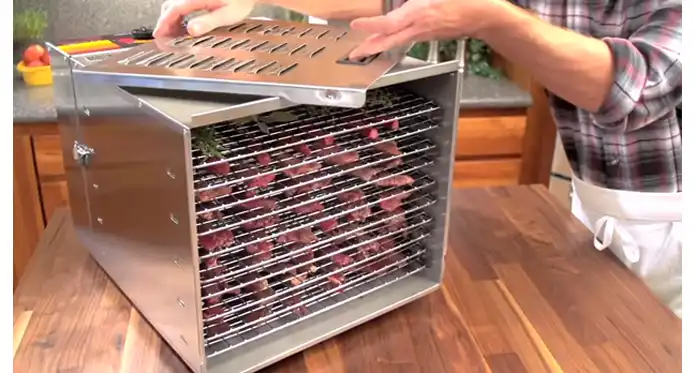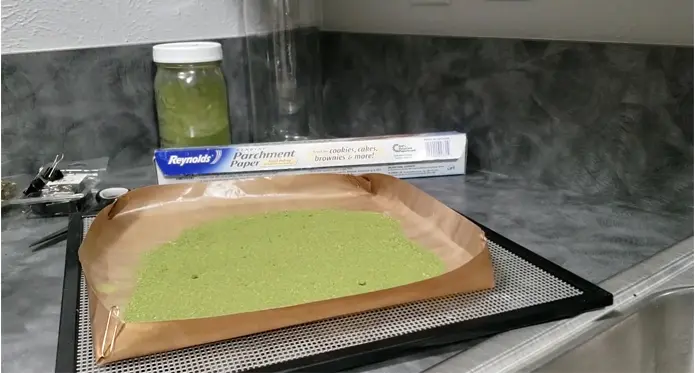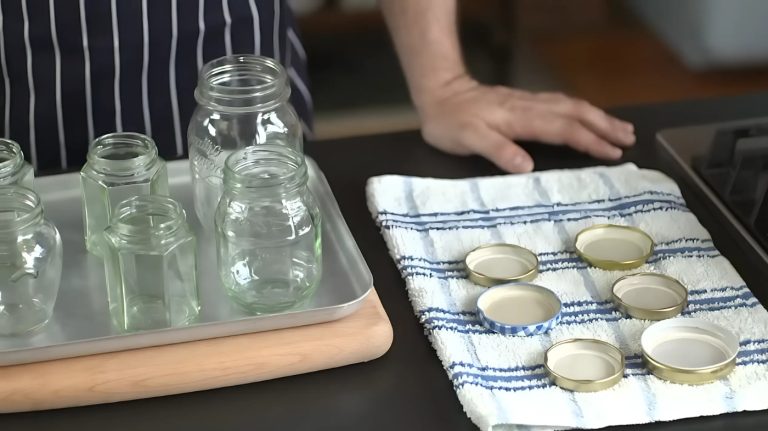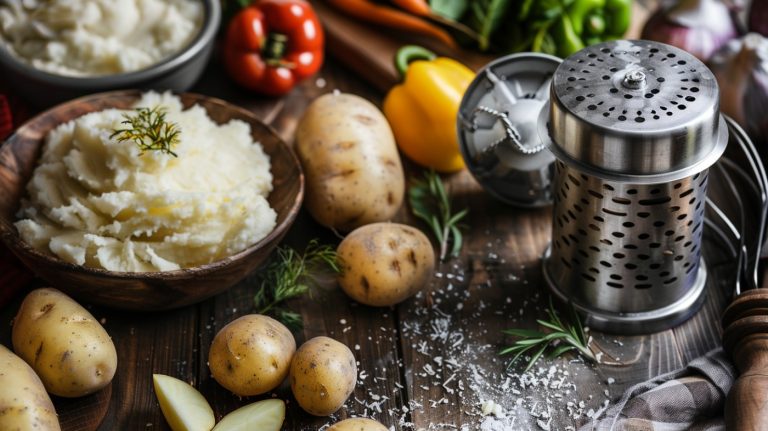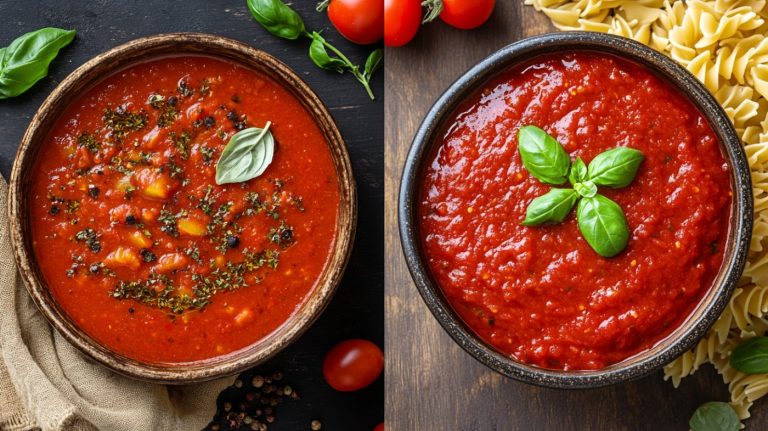How Often to Rotate Dehydrator Trays : 5 Reasons Explained
One of the most important things to remember when using a food dehydrator is to rotate the trays regularly. Like all food preservation methods, a certain amount of care must be taken to ensure that the food remains safe to eat. The food dehydrator is an excellent way to preserve foods for storage for an extended period.
Most dehydrators have at least four trays, and some have as many as twelve. If you are new to dehydrating foods, here comes the question, how often to rotate dehydrator trays? The answer depends on what you are dehydrating. We have the answer for you with some general guidelines:
How Often to Rotate Dehydrator Trays : Importance of Rotating
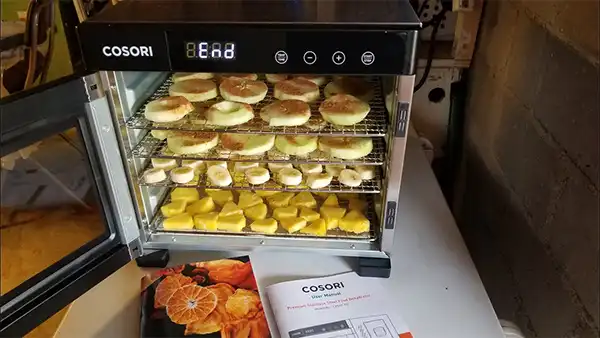
When operating a dehydrator, it is essential to rotate the trays to ensure even drying. If the trays are not rotated, the food on the bottom tray will be over-dried while the food on the top tray will be moister than the bottom tray.
By rotating the trays, you can ensure that all of the food is dried evenly. Rotating the trays also helps to prevent sticking and clumping. When food is dried in one spot for too long, it can begin to stick to the tray.
Rotating the trays prevents this and keeps the food from clumping together. Ultimately, rotating the dehydrator trays is essential for proper dehydration and for ensuring all food is evenly dried.
What are the Benefits of Regularly Rotating Dehydrator Trays?
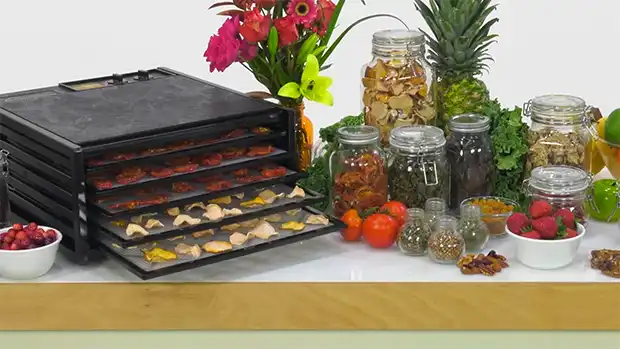
There are a few benefits to regularly rotating dehydrator trays. The benefits are:
Even dehydration: By rotating the trays, you ensure that all the food is exposed to the heat and air, which results in dehydration. This prevents some areas from being over dehydrated or not dehydrated enough and results in evenly dried food.
Uniformity: Rotating the trays also ensures that the food dries evenly, resulting in a more consistent flavor and texture.
Increased efficiency: Increased efficiency is one of reasons why trays should be rotated regularly in a dehydrator. When trays are regularly rotated, the dehydrating device can operate more efficiently because the heat can circulate more evenly.
This can help to prevent hot spots and ensure an even drying of the food. Rotating the trays can help to prevent sticking and keep the food evenly dehydrated. Regular tray rotation can increase efficiency and better results when using a dehydrator.
Save time: If you frequently use a dehydrator, you know that removing dried foods can be lengthy. Especially if you let the foods dry for too long and they become stuck to the dehydrator trays. One way to save time is to rotate your dehydrator trays regularly.
This simple step ensures that all areas of the tray are evenly exposed to airflow, and it also prevents foods from drying too long in one place. Rotating your dehydrator trays can help to speed up the drying process and prevent sticking.
Extend the life of your dehydrator by preventing warping or other damage that can occur when foods are left to dry on one spot for an extended period. So if you’re looking for a way to save time and keep your dehydrator in top shape, be sure to add tray rotation to your routine.
Saves energy: One of the most significant and prominent benefits of regularly rotating your dehydrator trays is saving energy. When you first start using a dehydrator, you need to keep it on for several hours to make sure all the water is drawn out of the food.
It is possible to evenly distribute the heat, which means that the dehydrator doesn’t have to work as hard and uses less energy. Rotating the trays prevents hot spots from developing, which can cause uneven drying and lead to wasted energy. Regular tray rotation is an easy way to save energy and improve the efficiency of your dehydrator.
Are There Any Dangers Associated With Not Rotating Dehydrator Trays?
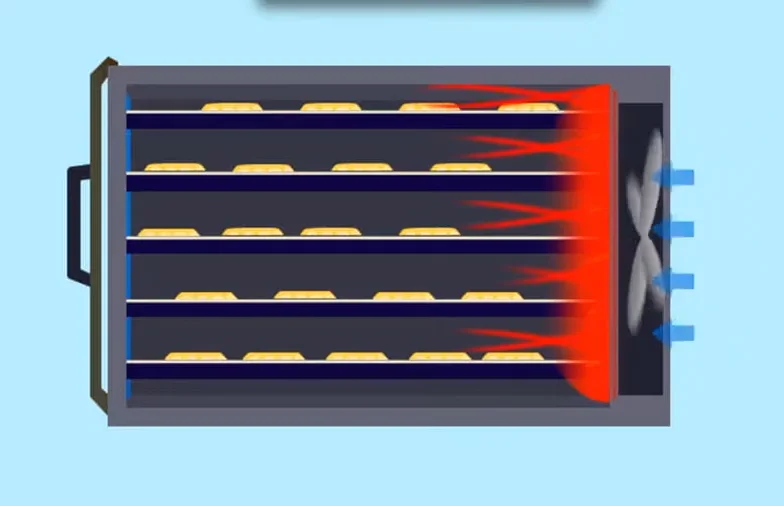
Dehydrators are a great way to preserve food, but using them correctly is essential to avoid potential dangers. There are a few potential accidental hazards associated with not rotating trays in a dehydrator.
One such accident is scalding. If you don’t rotate your trays, the hot air will concentrate on one area of the food, causing it to cook unevenly. This can create hotspots that can scald your mouth or throat if you’re not careful.
Another potential accident fire. If you have something on your dehydrator trays that is highly flammable, such as grease or oil, it can easily catch fire if it’s not rotated regularly. This can not only damage your dehydrator, but it can also be a severe safety hazard.
Finally, there is the risk of contamination. If you don’t rotate your trays, there is a chance that bacteria and other contaminants will build up on the food, which can make you sick if you eat it. While these accidents are relatively rare, they are still something to be aware of if you choose not to rotate your dehydrator trays.
Do Dehydrators Use a Lot of Electricity?
Dehydrators use very little electricity, making them an energy-efficient way to preserve food. They are very efficient when it comes to energy consumption. The average dehydrator uses about as much electricity as a coffee maker and less than a conventional oven.
Dehydrators work by circulating hot air over food to remove the water content. This process requires very little energy, and most dehydrators use less than 200 watts of power. A typical refrigerator uses between 2000 and 3000 watts of power. Dehydrators are a very effective method of preserving food.
Dehydrators can preserve food for long periods without needing constant electrical power. The amount of electricity a dehydrator uses will vary based on the model and size of the unit.
What Foods Can You Not or Should Not Dehydrate?
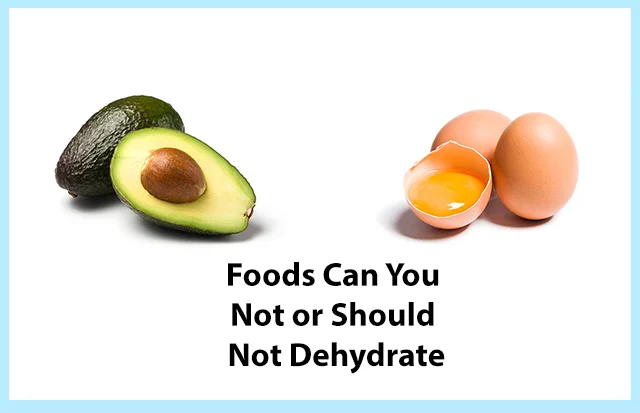
There are many types of food that you cannot dehydrate. These foods include dairy products with high water content. This is because the water content will prevent the food from drying correctly and could cause bacteria to grow.
Cucumbers, tomatoes, and zucchini are some examples of foods with high water content. Dehydrating these types of food will result in a poor quality product that may be unsafe to eat. Some food items that are not safe and you should not dehydrate are: These include:
- Cooked starches, such as pasta and rice. Cooked starches will become hard and chewy if not eaten soon after drying.
- Vegetables that contain a lot of water, like tomatoes and cucumbers.
- Raw vegetables, such as spinach and broccoli. Raw vegetables should not be dried as they will go bad quickly.
- Fruit with high water content, such as watermelon, strawberries, and grapes.
- Foods such as candy, cake, and chocolate are high in sugar.
- Foods that are high in fat include bacon, cheese, and nuts.
- Foods that are high in fiber like broccoli and brussels sprouts.
- Fruits with a lot of sugar, such as bananas and pineapple. Fruits containing sugar will develop mold over time if you don’t eat them soon after drying them.
- Bakery items, such as bread, cake, and cookies. Bakery Items will go stale if not eaten within a few days of being dried.
How Do You Store Your Dried Food?
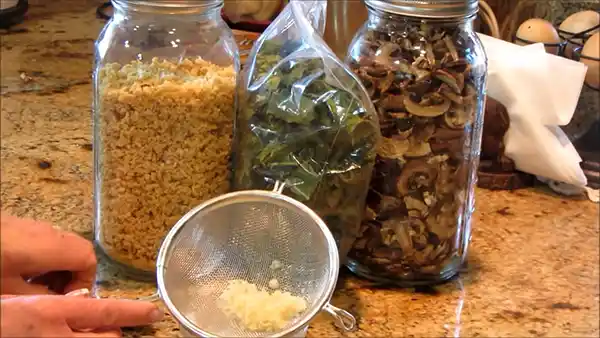
When it comes to storing dried food, there are a few different ways to store it and a few things to keep in mind. The method of storage depends on the intended use of the foods.
Keeping food fresh for a long time requires airtight, moisture-proof containers. Mylar bags with an oxygen absorber are great because they can be reused multiple times.
If you are storing items for a short time, you can use any type of container as long as it’s airtight. This is because the food won’t have time to spoil before you eat it. Zip-lock bags work well for this purpose.
- The best way to store dried food is in an airtight container. Make sure that the food is completely dry before storing it. Moisture can cause mold and bacteria to grow, so it’s essential to ensure that the food is as dry as possible. This will keep the bugs out and the moisture in.
- Store the food in a cool, dark place. Heat and light can cause the food to spoil quickly, so it’s best to store it in a dark cupboard or pantry. You can also store dried food in a freezer. This is a good option if you will not use the food immediately.
Freezing dried food will keep it fresh for a longer time. This is not the best option but will work in a pinch. If you store your dried food in a cool, dry place, check on it often and use it within a few months.
Whichever storage method you choose, be sure to label the food so you know when it was dried and how long it can be stored.
How Long Does It Take To Dehydrate Food?
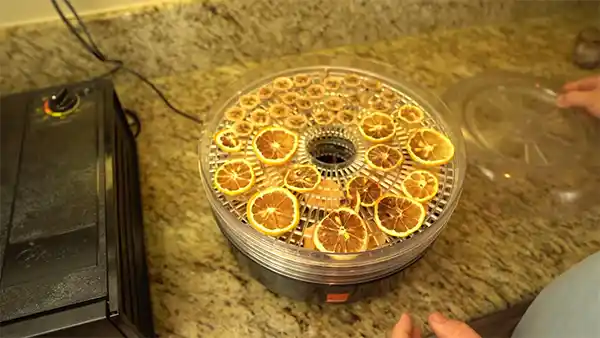
Dehydrating foods involves removing water from the food, which can then help to preserve it for an extended period. The amount of time it takes to dehydrate food will vary depending on the method used and the type and size of the food being dehydrated.
Thin slices of fruits or vegetables dried in a dehydrator will take less time than thicker slices dried in the sun. It is best to check on the progress of the dehydration periodically to ensure that the food does not become overcooked or burnt.
And foods with high water content, like tomatoes or watermelons, will take longer to dehydrate than drier foods like bananas or apples. Most dehydrators have an adjustable thermostat that allows you to set the temperature anywhere from 95 to 155 degrees Fahrenheit.
Higher temperatures will dehydrate foods more quickly, but they can also cause some foods to lose flavor or develop an off-taste. To achieve the best results, you should experiment and find the optimum dehydration temperature for each type of food.
Is There Any difference in Taste Between Dehydrated Foods at Home and Those Who Bought Pre-Packaged Foods?
With pre-packaged foods, the manufacturers have already taken care of the dehydration process for you. When you dehydrate foods at home, you are in control of how much water is removed. This can often result in a difference in taste, as dehydrated foods that are too dry can be more difficult to chew and may lack flavor.
The process of rehydrating dried foods can also affect the taste. If you add too much water, the food may be soupy or mushy; if you don’t add enough, it may be chewy or tough.
Dehydration is a preservation method that helps to extend the shelf-life of food. When dehydration is done correctly, it can help to preserve the taste, texture, and nutritional value of food.
Pre-packaged dehydrated foods often contain added salt, sugar, and other Flavorings to help improve their taste. Dehydrated foods bought from the store may not taste as fresh as those that are made at home.
The key to getting the best flavor from dehydrated foods is to strike a balance between water content and flavorings. By carefully controlling the dehydration process and adding just the right amount of water during rehydration, you can create delicious dehydrated foods that are packed with flavor.
Why Do You Think There Is a Health Benefit to Consuming Food That Has Been Dehydrated?
Dehydration is a process that removes water from food, typically in order to preserve it for storage or transport. When food is dehydrated, the water content is significantly reduced, which can help to prevent the growth of bacteria and other microorganisms.
Dehydration can also help to concentrate the flavors of food, making it more enjoyable to eat. For these reasons, many people believe that there are health benefits to consuming dehydrated foods.
Dehydrated foods are often easier to digest than their fresh counterparts, and they can provide numerous vitamins and minerals that are essential for good health. Since dehydration removes much of the water content from food, it can help people who are trying to lose weight or maintain a healthy weight.
Dehydration is generally characterized byfoods are a nutritious and convenient option for people who are looking for an easy way to improve their diets.
Overall, It May Be Said
If you don’t rotate the dehydrator trays, the food will not dehydrate evenly and could end up overcooked or burnt in some areas and undercooked in others. Additionally, rotating the trays ensures that all the food has an equal opportunity to be exposed to the heat source, which is necessary for proper dehydration.
Finally, rotating the trays also allows for better air circulation, which is vital for effective dehydration. All of these factors contribute to making sure that your food is properly dehydrated and safe to eat.
Relevant Article To Read:

